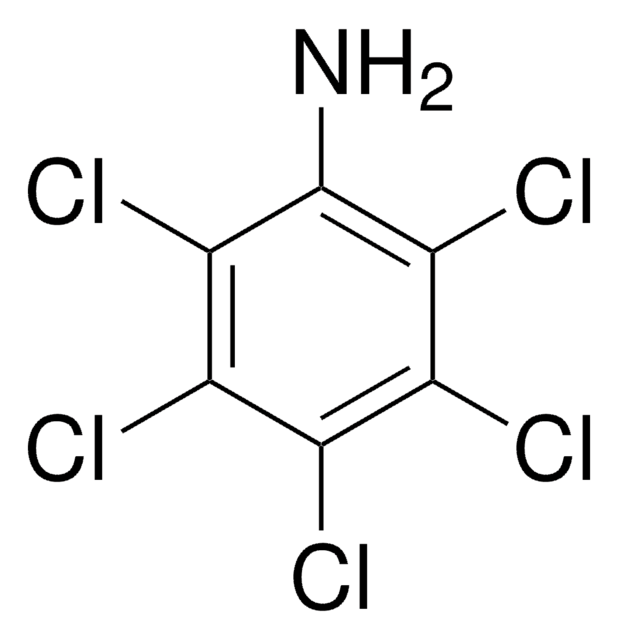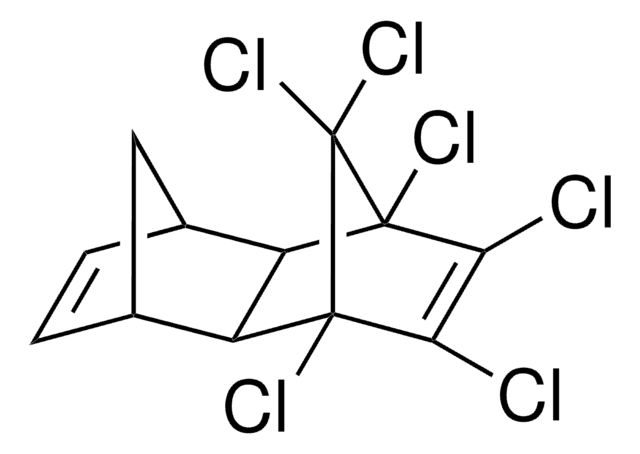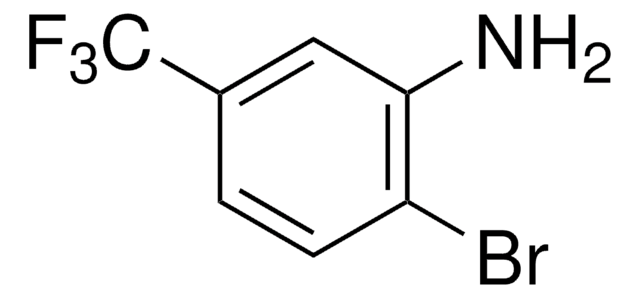442740
Pentachlorethan
analytical standard
About This Item
Empfohlene Produkte
Qualität
analytical standard
Verpackung
ampule of 1000 mg
Methode(n)
HPLC: suitable
gas chromatography (GC): suitable
Brechungsindex
n20/D 1.502 (lit.)
bp
161-162 °C (lit.)
Dichte
1.68 g/mL at 25 °C (lit.)
Anwendung(en)
cleaning products
cosmetics
environmental
food and beverages
personal care
Format
neat
Lagertemp.
room temp
SMILES String
ClC(Cl)C(Cl)(Cl)Cl
InChI
1S/C2HCl5/c3-1(4)2(5,6)7/h1H
InChIKey
BNIXVQGCZULYKV-UHFFFAOYSA-N
Suchen Sie nach ähnlichen Produkten? Aufrufen Leitfaden zum Produktvergleich
Anwendung
Signalwort
Danger
H-Sätze
Gefahreneinstufungen
Acute Tox. 4 Oral - Aquatic Chronic 2 - Carc. 2 - STOT RE 1
Lagerklassenschlüssel
6.1A - Combustible acute toxic Cat. 1 and 2 / very toxic hazardous materials
WGK
WGK 2
Flammpunkt (°F)
Not applicable
Flammpunkt (°C)
Not applicable
Persönliche Schutzausrüstung
Eyeshields, Faceshields, Gloves, type ABEK (EN14387) respirator filter
Choose from one of the most recent versions:
Besitzen Sie dieses Produkt bereits?
In der Dokumentenbibliothek finden Sie die Dokumentation zu den Produkten, die Sie kürzlich erworben haben.
Unser Team von Wissenschaftlern verfügt über Erfahrung in allen Forschungsbereichen einschließlich Life Science, Materialwissenschaften, chemischer Synthese, Chromatographie, Analytik und vielen mehr..
Setzen Sie sich mit dem technischen Dienst in Verbindung.











